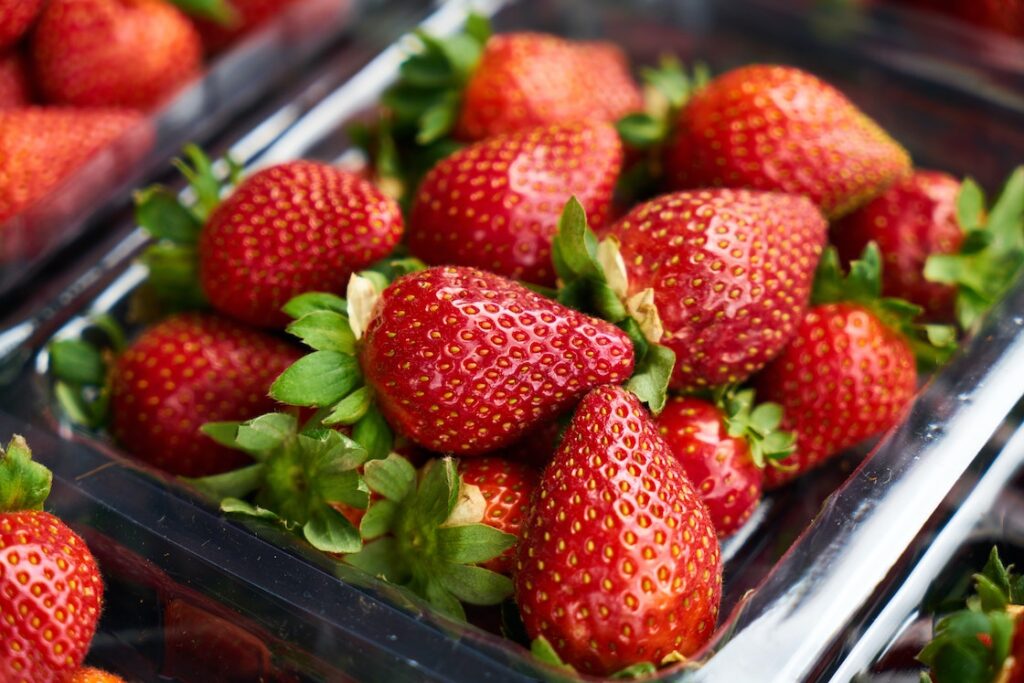Have you ever brought home a package of juicy, delicious-looking strawberries, only to find that they’re covered in mold a day or two later?
This frustrating occurrence happens all the time, and it often seems that strawberries in particular get moldy much faster than other food items.
So, what is it about those tasty red berries that makes them so susceptible to being taken over by mold?
Strawberries and Moisture
As you may know, mold thrives on moisture.
Strawberries, when compared to most other types of fruit, typically have a very high water content, which is a big part of why mold develops on them so often and so quickly.
Strawberries are also very porous, which means they can absorb moisture very easily. So, when you rinse the berries to get rid of dirt and grime, a lot of that moisture soaks into the fruit, creating an ideal environment for mold to grow.
One effective way to combat this is to wait until you’re actually ready to eat your strawberries before you wash them off.
If you rinse them immediately after purchase and then let them sit for several days, you’re asking for mold to appear.
How They’re Stored
In addition to moisture, mold typically requires a warm environment to grow.
Since strawberries are generally a springtime crop and so refreshing to enjoy when the weather’s hot, the berries are frequently purchased and consumed during the warmest times of the year.
Then, in most cases, they’ll simply be left out on the kitchen counter until they get eaten.
In warm conditions, though, it only takes a couple of days for mold to start showing up on strawberries, so if you leave them sitting out, the fungus will often appear before you’re ready to dig in—or at least before you’ve eaten all of them.
If you purchase a batch of strawberries in the summertime, consider either storing them in the refrigerator or freezing them.
Usually, either one of these routes will buy you significantly more time before the berries become covered in mold.
If you decide to refrigerate them, a good method is to put them in an airtight container and place the berries in a single layer on a paper towel.
If you decide to freeze them, start by lining a baking sheet with parchment paper, then lay out the strawberries in a single layer and put the baking sheet in the freezer.
Once they’ve become frozen, you can transfer them into sealable plastic bags. Typically, frozen strawberries will retain their flavor for three to five months and remain good for close to a year.
Try a Vinegar Wash
One popular trick that many people use to keep mold off their strawberries is washing the fruit in a vinegar solution.
Vinegar works as a mold-killing agent, and if you wash the berries with a vinegar-based rinse, it should eliminate the lurking mold spores. After giving the strawberries a vinegar bath, you’ll want to rinse them with water and dry them off with paper towels.
Then, you can still store them in the refrigerator or freezer to keep them mold-free for as long as possible.


